We took the rural route back to Dublin instead of the faster 4-lane “motorway,” as the Irish refer to it. The rolling hills and predominantly agricultural landscape reminded me a lot of Pennsylvania, my home state.
Clonmacnoise Monastery

Our morning stop was at the 6th century Clonmacnoise Monastery, founded by St. Ciarán along the River Shannon. The monastery flourished and became a great seat of learning, a University of its time with students from all over Europe. The ruins include a Cathedral, two round Towers, three high crosses, nine Churches and over 700 Early Christian graveslabs.

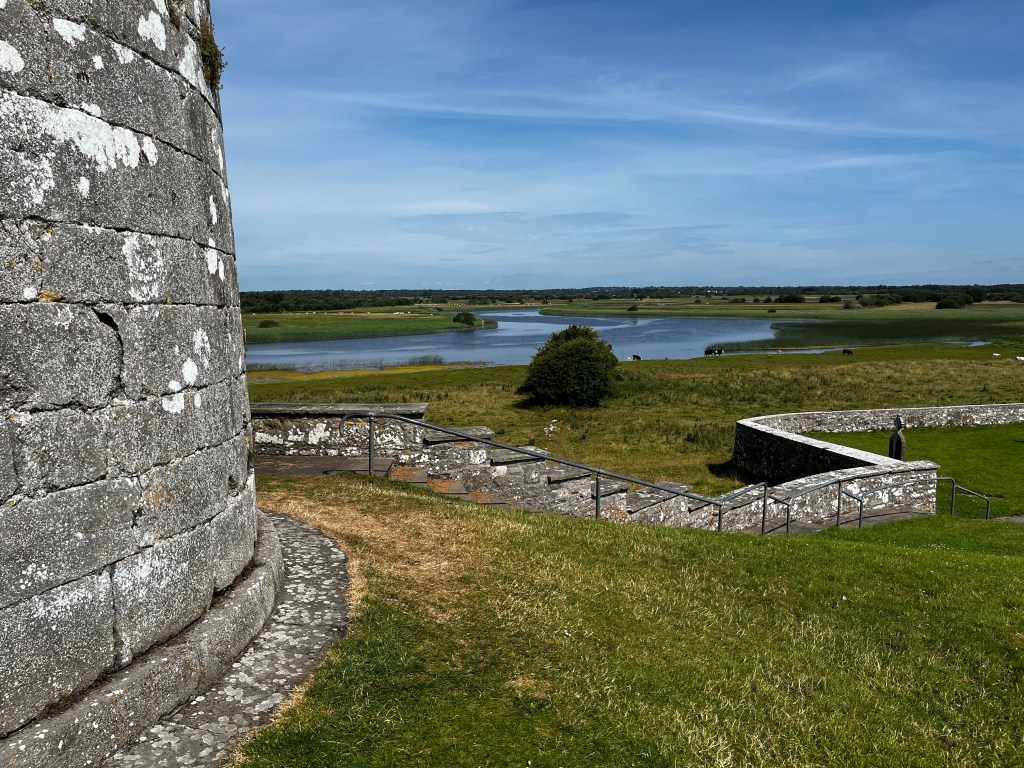

The original high crosses, including the magnificent 10th century Cross of the Scriptures are on display in a visitor center adjacent the monastic enclosure, designed to display and explain the significance of the artifacts.

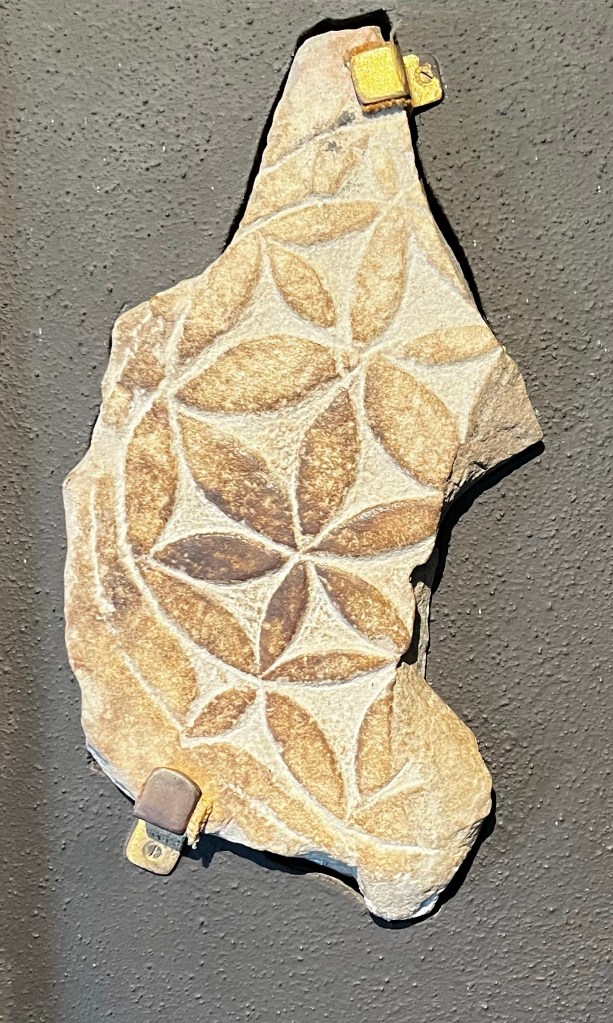
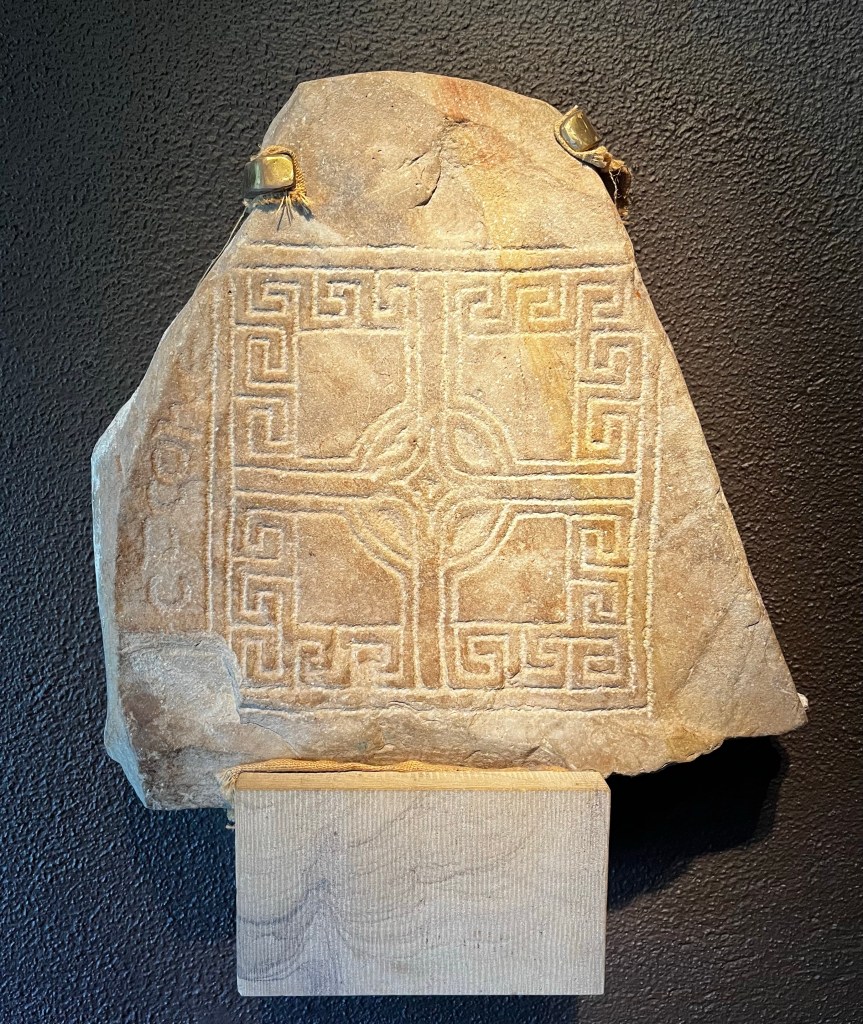

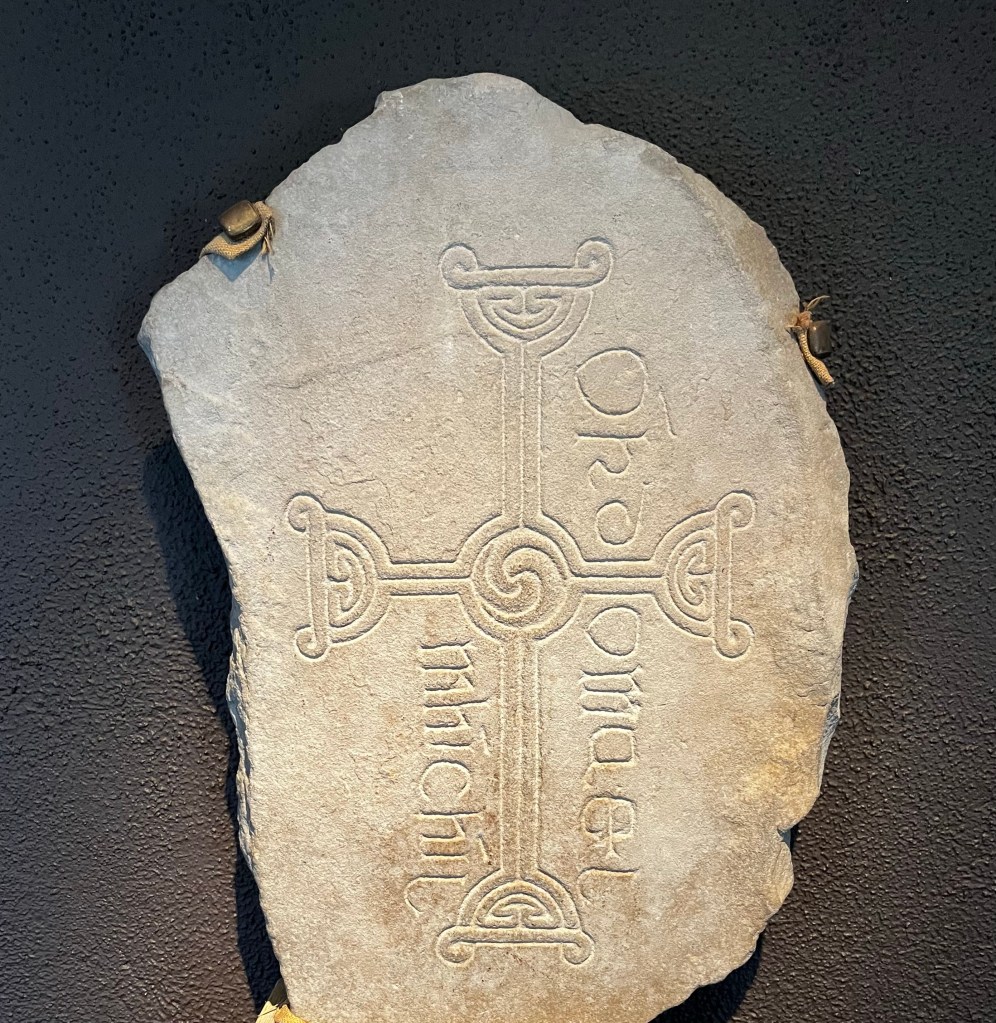







Pearse Lyons Distillery
After lunch we arrived back in Dublin, but before checking back into the Brooks Hotel we stopped at the Pearse Lyons Distillery for a short tour. The distillery is housed in the renovated St. James Church, providing not only a unique setting for the production of its Irish Whiskey, but also an historical background that permanently ties it to the community that surrounds it.

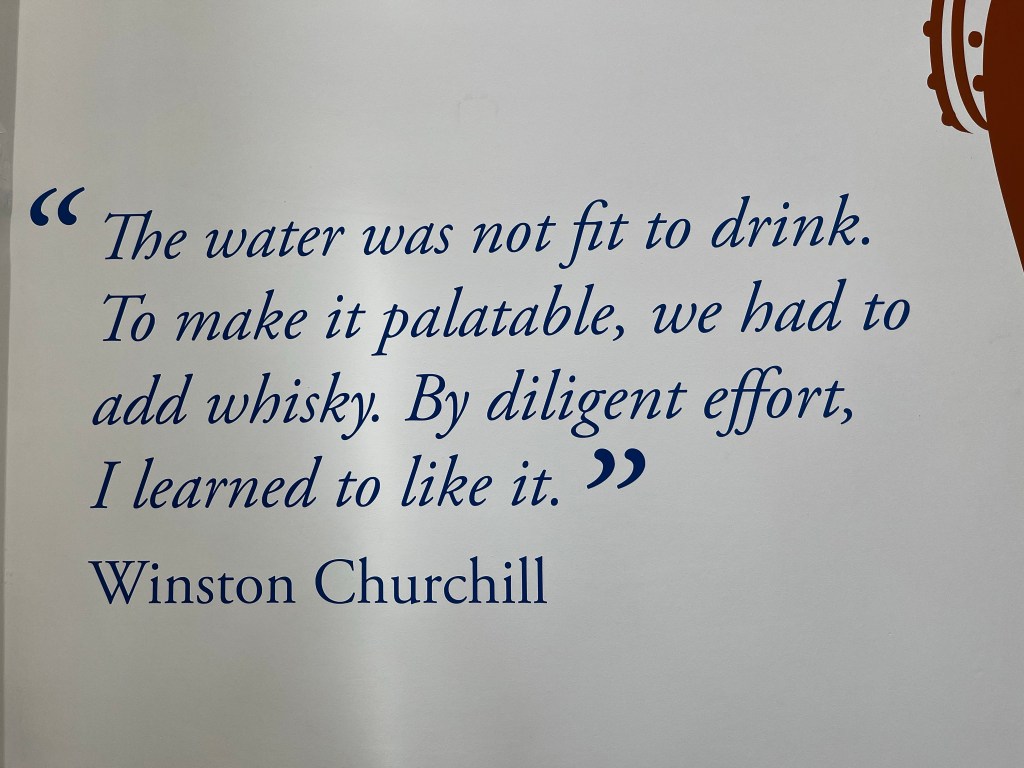
The Golden Triangle
Dublin has deep historical roots with world class Irish whiskey. Official records have revealed that Irish Whiskey production grew to some four million gallons in the 1820s. Of course, this did not account for the illegal Irish Whiskey that was also being distilled without permission.
At one time, close to 40 distilleries were in operation in Dublin, nestled in a one mile radius better known as the “Golden Triangle.”The four big distillery players at the time were George Roe and Company, John Power and Son, William Jameson and Company and John Jameson and Son. By the 19th century Irish Whiskey reached global appreciation as it was recognized as the premier whiskey due to its unique taste and smoothness.
St. James Church
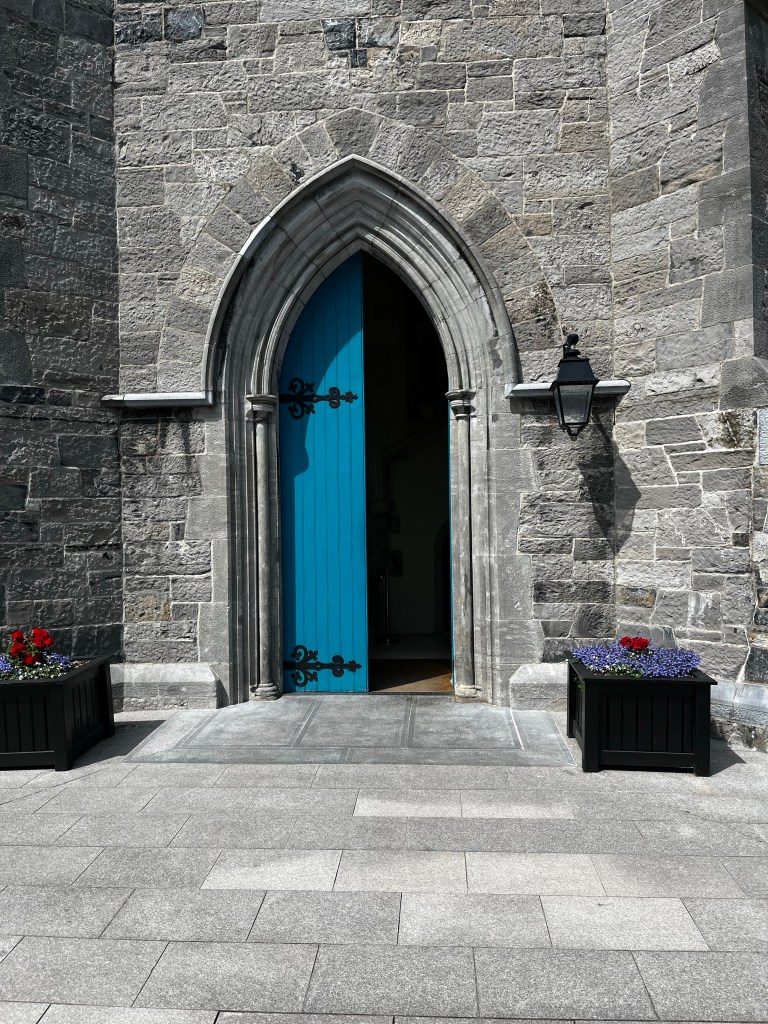
The St. James’ Church dates back to the 12th century. The present church was constructed in 1859–1860 in a Gothic design with a cross shape, a tower and a spire at the southwest corner. In 1948, the top 30 feet of the church spire was removed due to structural problems. The church was then closed for worship following a decline in the number of parishioners in 1963. It underwent various transformations, including becoming a lighting store and a food warehouse, until finally being renovated as it is today. The former 30’ spire was replaced with a clear glass spire, which incorporates colored lighting to celebrate various holidays and events. For example, the Distillery honored this past US Independence Day by lighting up the spire with red, white and blue nighttime colors.



Stained Glass Windows
Most of the original glass windows at St. James’ Church were either damaged or removed and would have been plain or modestly decorated. Pearse Lyons, as part of its restoration of the church created four unique stories associated with the art of the Irish Whiskey and St. James. The illustrations depicted on the windows include: the pilgrimage to the Camino de Santiago, also known as “St. James’ Way”; how Irish Whiskey is made; the art of coopering; and, the natural ingredients grown for the distiller’s “uisce beatha”.

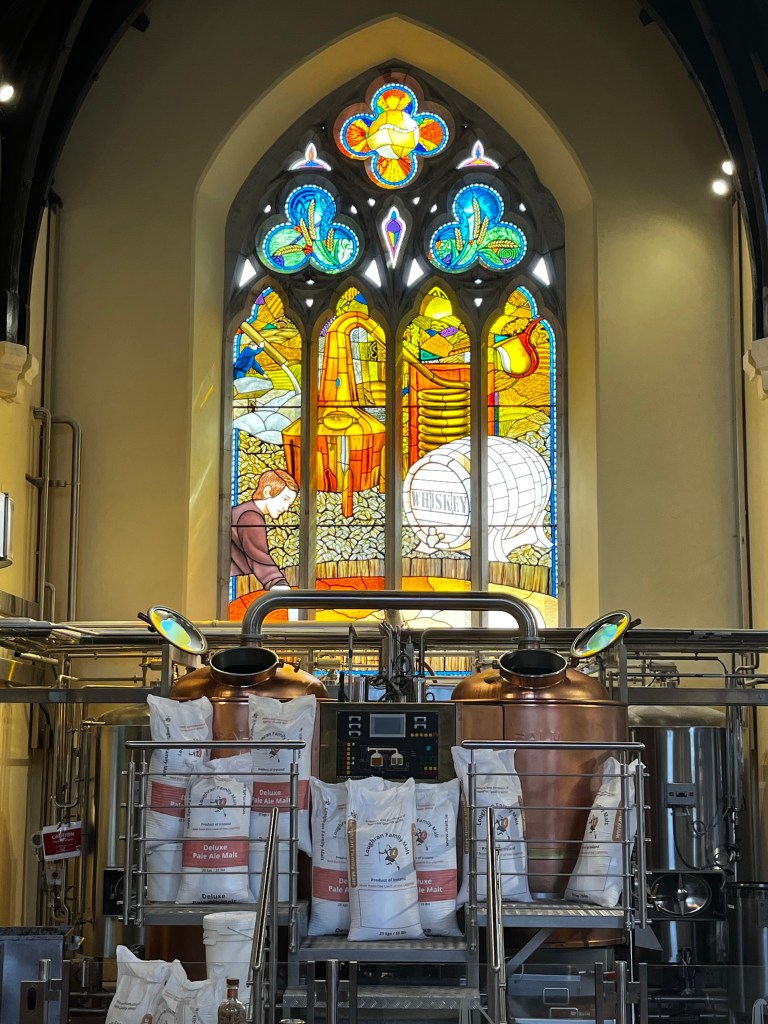
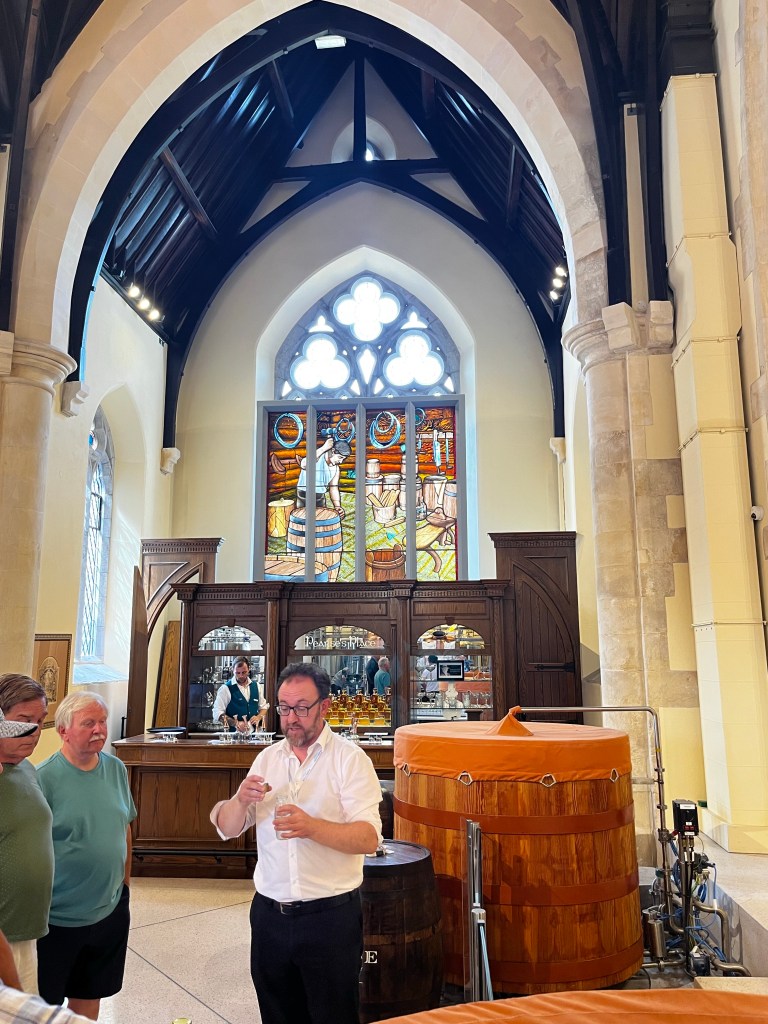
St. James Graveyard
A wealth of knowledge was obtained from the graveyard. The headstones shed light on the tradesmen and women who worked as coopers, distillers, linen merchants, shoemakers, bakers, bishops and soldiers who all found a resting place at St. James’ Church, alongside many members of the Pearse Lyons family. The graveyard is historically lower in elevation from the street at the front of the church; burial mounds were discovered in vertical plots, with members of one family within a single stack of graves. The total number of graves in the cemetery, therefore, is many times over what the existing stone slabs might indicate.
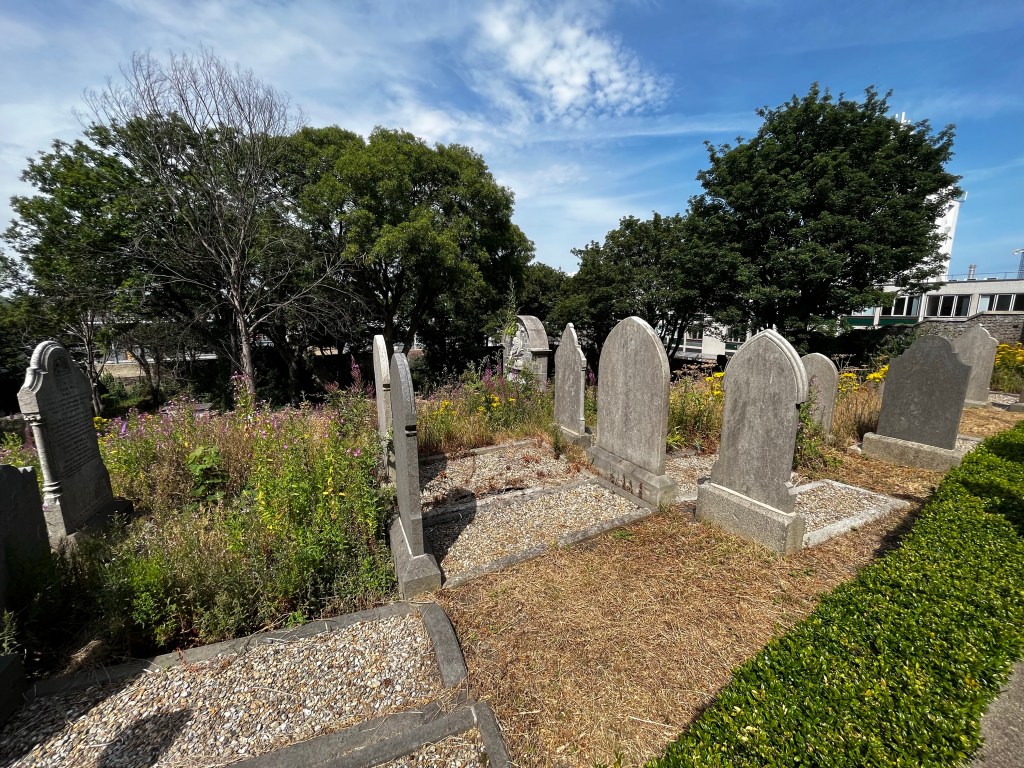

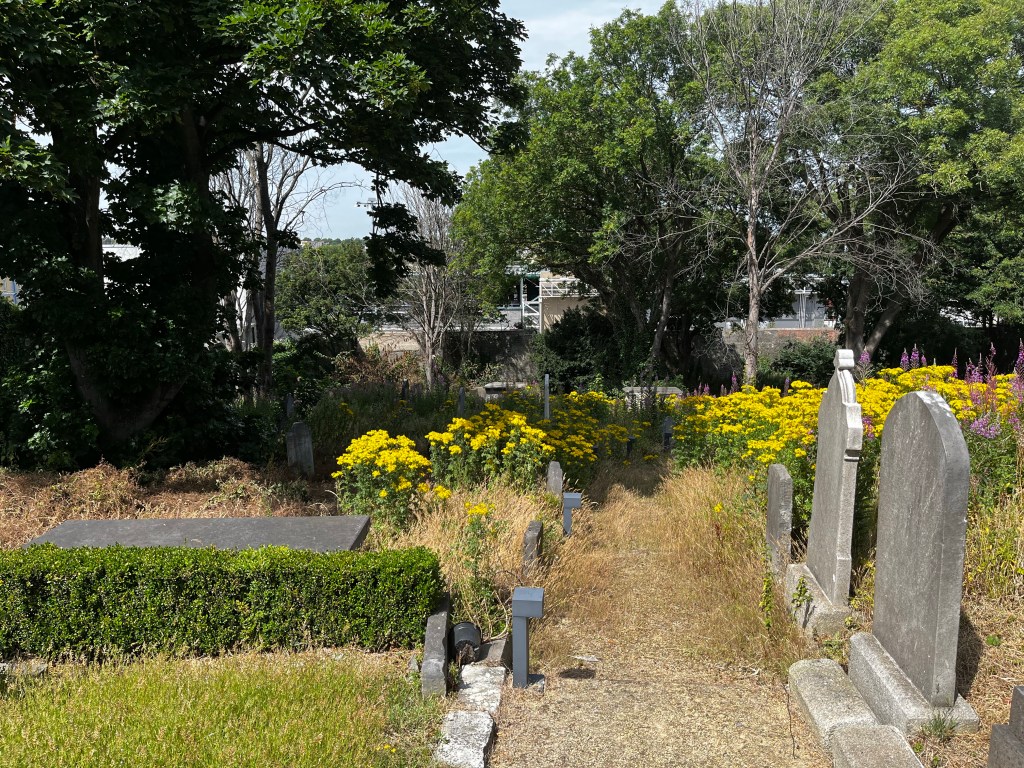

Distillery Operations

The renovated church is actually Pearse Lyons only operational distillery. Pearse Lyons is a small family distillery and produces only around 100,000 bottles of Irish Whisky each year, so a larger facility is not required. However, because of the potential fire danger from the storage of filled oak barrels, the distiller is looking for other sites away from the church site.



The church also includes a Tasting Bar, and a gift shop of Pearse Lyons and “golden triangle” memorabilia.


Merry Ploughboys Dinner Show

Saturday night we drove south of the city to have dinner and see the Merry Ploughboys show. The dinner was better than typical for these types of events, and the show was entertaining. Four singers provided the first half entertainment and Irish Dancers joined them during the second half. Of course, there was much encouraged sing along and rhythmic hand clapping from the more than 150 in attendance. The Merry Ploughboys have been in business for over 25 years, performing 6 days a week all year long. Definitely not everyone’s “cup of tea” but all in all, an enjoyable evening.



After our Sunday “day of rest” we flew back home Monday, already planning for next years trip. On the list so far are Rome, Athens and the Greek Isles, or Japan / Southeast Asia. If any of you have other suggestions, please let me know!

What a well planned trip.
You returned to a hot Colorado, but no fires yet.
I enjoy visiting wild places.
Go to Africa, Mongolia or transSibera trip.
LikeLike
I have really enjoyed this series of posts. We often look back to our trip to Ireland as the best ever, half a joking reference to a sister-in-law who was with us who always found every trip and excursion the “best ever,” but also a serious comment. I took note when you said you were originally from Pennsylvania as the three of us were also, I having been born in Pittsburgh and growing up in Hershey and the two women from Philly.
LikeLiked by 1 person
Thx so much for following me along this trip and sharing your memories. I’m from Bellefonte, just up the road from the Penn State main campus.
LikeLiked by 1 person